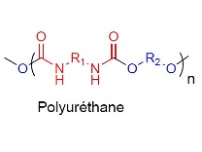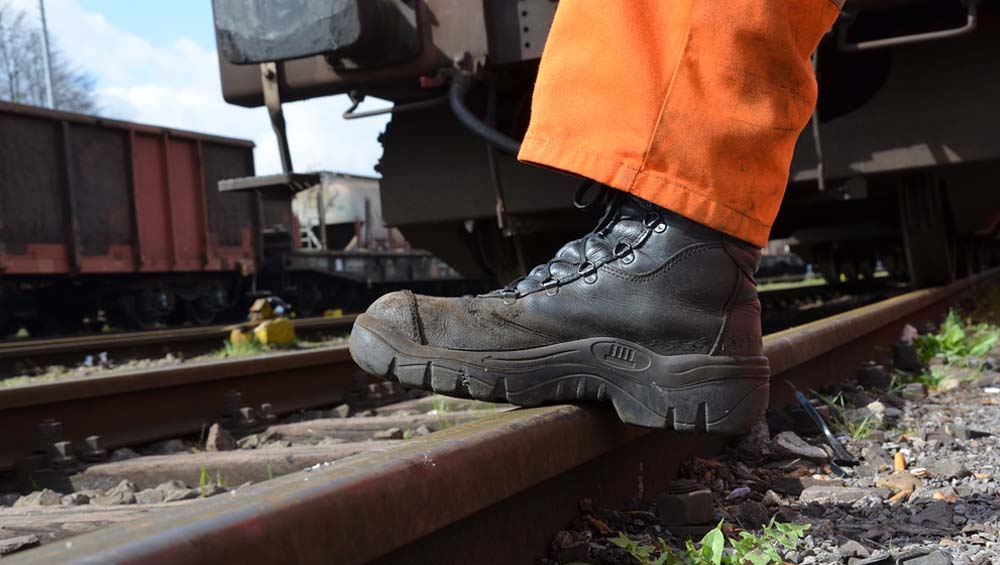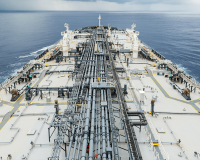Hydrolysis – A common killer among safety footwear

Like many other types of safety wear, footwear also suffers from certain types of problems. Apart from the regular wear and tear, a most common issue would be crumbling soles. But why does this happen? What causes the soles to crumble?
A commonly used outsole material would be polyurethane compounds. There are several reasons why this chemical combination is a favourite among safety footwear. For one, polyurethane is lightweight which helps to reduce to overall weight of a safety footwear. It is also highly flexible which helps with the user’s comfort. Most importantly, it is a tough and hard-wearing material which is capable of handling most work environments.

Polyurethane is an organic compound that is created by combining an isocyanate with a polyols (an organic compound containing multiple Hydroxyl groups). But polyurethane has a weakness, Hydrolysis.
Hydrolysis is the chemical breakdown of the polyurethane polymer and is caused by excessive water and moisture. You may be thinking that you don’t have worry about hydrolysis damaging your safety shoes because you don’t use them in wet environments. However, it is not only direct exposure to water that will cause hydrolysis. Even water vapour and moisture that is trapped inside the shoes or boots will, over time, lead to hydrolysis.

Therefore, our safety footwear from S1 to S3 will not last if you are in a water logged work environment. It is very important to clean out your safety footwear and air them, dry them after each work day.
Hydrolysis – A common killer among safety footwear

The most common types of outsoles used for safety footwear are:
PU MONO (SINGLE) DENSITY: It is a material with a substantial weight and a good comfort reaction. It has a good resistance to few chemical agents and oils, but no resistance to the strong acids. The resistance to temperatures goes from -10/-20 to +130 max 140 degrees .
PU/PU: it is a double-density profile sole made of PU. It has a good resistance to few chemical agents and oils, but no resistance to the strong acids. The resistance to temperatures goes from -10/20 to 120 max 150 degrees. The dual density PU midsole provides good impact absorption and wearing lightweight comfort.

All of the outsoles are molded with the upper leathers using a direct injection process. Hence the bond is extremely strong and rigid. Proper usage of a safety footwear should always be applied. Over flexing the shoes over prolonged periods will likely damage the bonding and eventually lead to hydrolysis of the outsoles. Below is an example of over flexing and correct posture.






